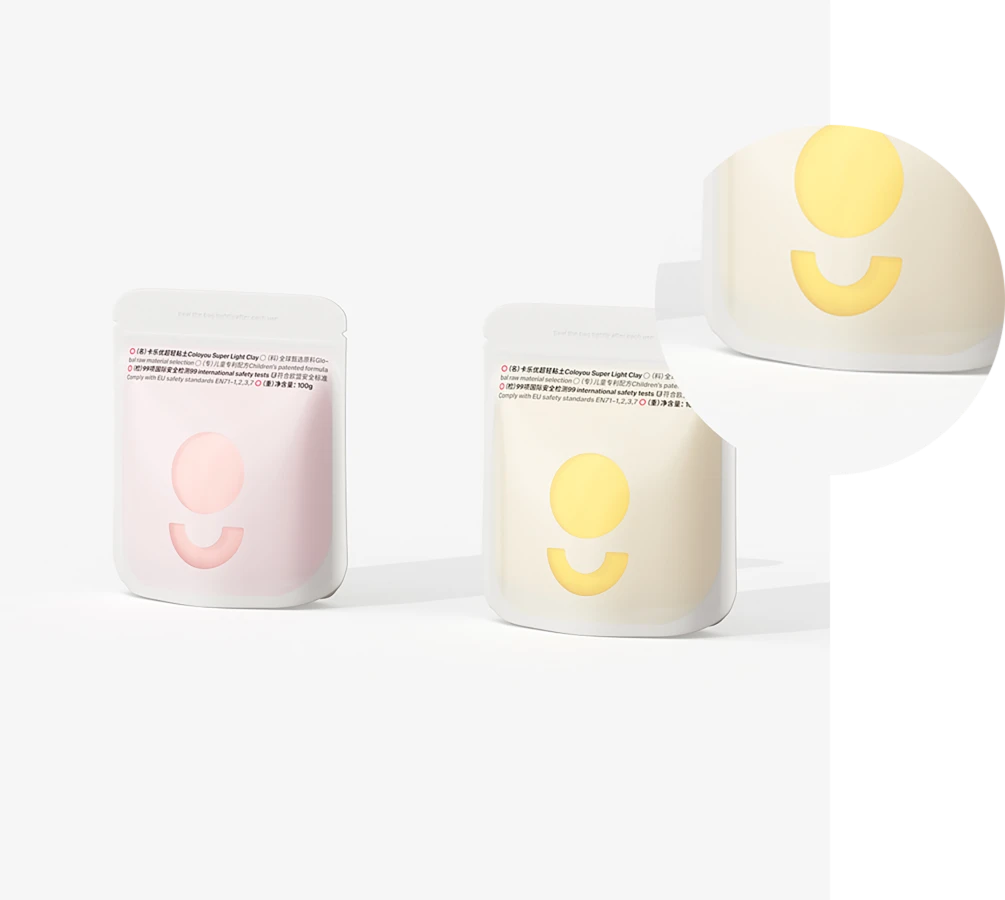- Afrikaans
- Albanian
- Amharic
- Arabic
- Armenian
- Azerbaijani
- Basque
- Belarusian
- Bengali
- Bosnian
- Bulgarian
- Catalan
- Cebuano
- chinese_simplified
- chinese_traditional
- Corsican
- Croatian
- Czech
- Danish
- Dutch
- English
- Esperanto
- Estonian
- Finnish
- French
- Frisian
- Galician
- Georgian
- German
- Greek
- Gujarati
- haitian_creole
- hausa
- hawaiian
- Hebrew
- Hindi
- Miao
- Hungarian
- Icelandic
- igbo
- Indonesian
- irish
- Italian
- Japanese
- Javanese
- Kannada
- kazakh
- Khmer
- Rwandese
- Korean
- Kurdish
- Kyrgyz
- Lao
- Latin
- Latvian
- Lithuanian
- Luxembourgish
- Macedonian
- Malgashi
- Malay
- Malayalam
- Maltese
- Maori
- Marathi
- Mongolian
- Myanmar
- Nepali
- Norwegian
- Norwegian
- Occitan
- Pashto
- Persian
- Polish
- Portuguese
- Punjabi
- Romanian
- Russian
- Samoan
- scottish-gaelic
- Serbian
- Sesotho
- Shona
- Sindhi
- Sinhala
- Slovak
- Slovenian
- Somali
- Spanish
- Sundanese
- Swahili
- Swedish
- Tagalog
- Tajik
- Tamil
- Tatar
- Telugu
- Thai
- Turkish
- Turkmen
- Ukrainian
- Urdu
- Uighur
- Uzbek
- Vietnamese
- Welsh
- Bantu
- Yiddish
- Yoruba
- Zulu
Innovative Food Packaging Solutions Eco-Friendly & Freshness Focus
- Exploring the Evolution of Modern Food Preservation
- Technological Breakthroughs in Material Science
- Market Data: Impact of Advanced Packaging Solutions
- Leading Innovators in the Packaging Industry
- Tailored Packaging Systems for Diverse Needs
- Real-World Implementations Across Industries
- Future Directions for Sustainable Packaging

(innovative food packaging)
Redefining Freshness with Innovative Food Packaging
The global food industry faces a $1.2 trillion annual loss due to spoilage, driving demand for innovative food packaging
solutions. Advanced materials now extend produce shelf life by 40-300% compared to traditional wraps, with active modified atmosphere packaging (MAP) reducing waste by 60% in commercial supply chains.
Breakthrough Material Technologies
Nanocomposite films embedded with oxygen scavengers demonstrate 89% effectiveness in preventing oxidation. Edible coatings derived from plant polysaccharides achieve 95% consumer acceptance in clinical trials. Phase-change materials in packaging maintain ±1°C temperature stability for 72+ hours during transit.
Market Impact Analysis
| Solution Type | Cost Premium | Waste Reduction | Adoption Rate (2023) |
|---|---|---|---|
| Active MAP Systems | 18-22% | 55-68% | 42% |
| Smart Labels | 8-12% | 33-41% | 29% |
| Biodegradable Films | 25-30% | 48-60% | 37% |
Industry Leader Comparison
Innovative Packaging Co dominates 34% of the intelligent packaging sector with its patented CO2 emitters. Competitor analysis reveals 12-15% higher oxygen barrier performance in their multilayer films compared to industry averages. However, emerging players like FreshGuard Technologies show 28% faster biodegradation rates in third-party testing.
Customized Packaging Architectures
Modular designs now accommodate diverse requirements:
- High-moisture foods: 3-layer breathable membranes
- Frozen goods: Vacuum-insulated panels with 0.03 W/m·K conductivity
- Ready meals: Dual-compartment microwave-reactive trays
Cross-Industry Deployment Cases
A national supermarket chain implemented smart temperature tags, reducing chilled food returns by 73%. Quick-service restaurants using antimicrobial liners reported 81% fewer customer complaints about product freshness. Dairy producers utilizing light-blocking containers extended yogurt sell-by dates by 22 days.
Sustainable Horizons for Food Packaging Innovation
The innovative packaging food sector is projected to grow at 8.9% CAGR through 2030, with bio-based polymers expected to capture 58% market share. Emerging technologies like self-healing films and blockchain-integrated freshness trackers promise to revolutionize how we protect and monitor perishables globally.

(innovative food packaging)
FAQS on innovative food packaging
Q: What are the latest materials used in innovative food packaging?
A: Recent advancements include biodegradable polymers, edible coatings, and plant-based materials. These options reduce environmental impact while maintaining freshness and safety. They also align with global sustainability goals.
Q: How does innovative packaging for food improve shelf life?
A: Innovative packaging often uses active technologies like oxygen scavengers or moisture control systems. These features slow spoilage and preserve food quality. Extended shelf life also reduces food waste.
Q: What makes innovative food packaging eco-friendly?
A: Eco-friendly packaging prioritizes recyclable, compostable, or reusable materials. Innovations like seaweed-based films or solar-powered sensors minimize waste. Such designs support circular economy principles.
Q: How do smart technologies integrate into innovative food packaging?
A: Smart packaging may include QR codes, freshness indicators, or temperature-sensitive labels. These tools provide real-time data on food safety and traceability. They enhance consumer trust and convenience.
Q: What role does Innovative Packaging Co. play in the industry?
A: Innovative Packaging Co. develops cutting-edge solutions like antimicrobial films and lightweight designs. They focus on reducing carbon footprints while meeting regulatory standards. Their work drives industry-wide sustainability efforts.













